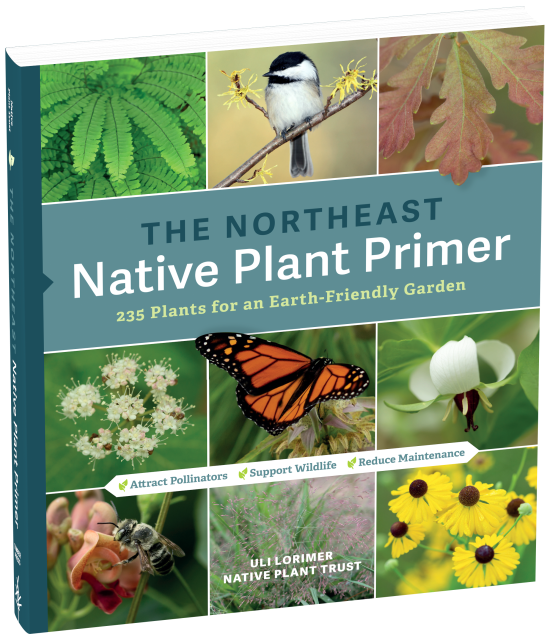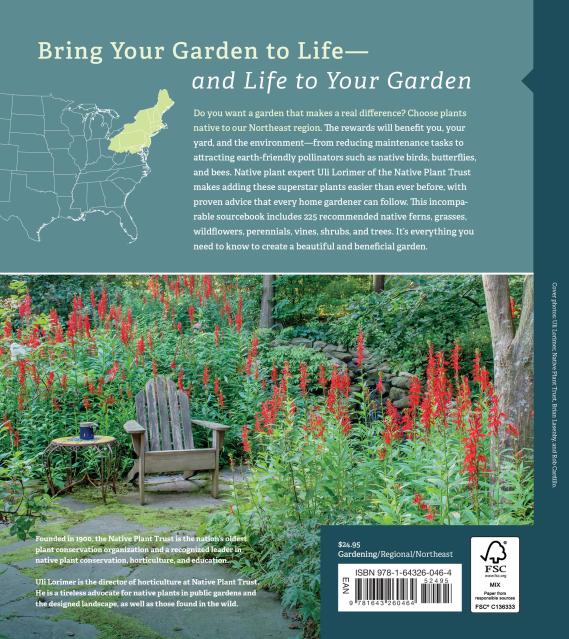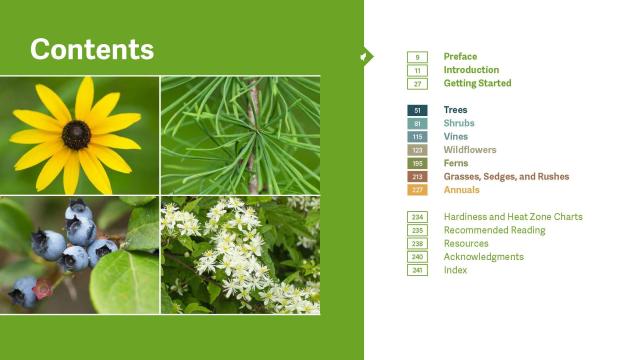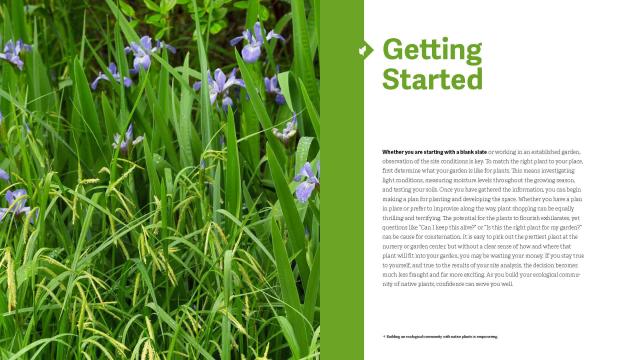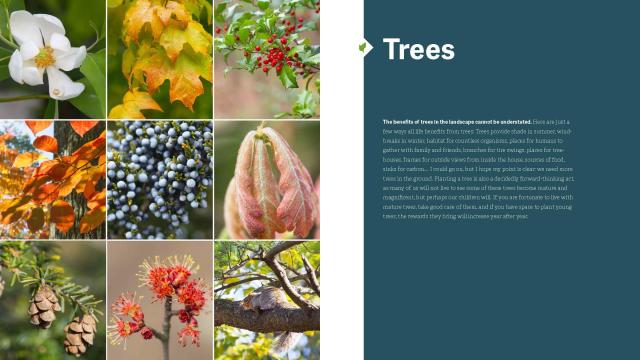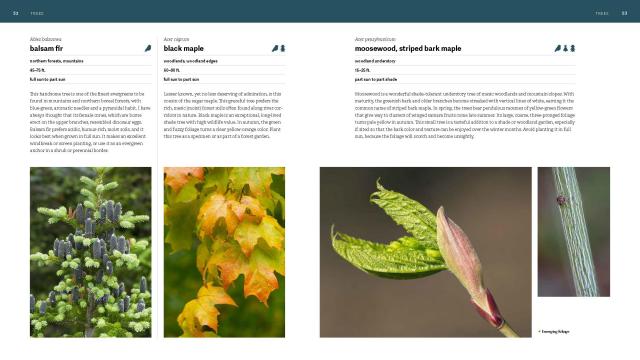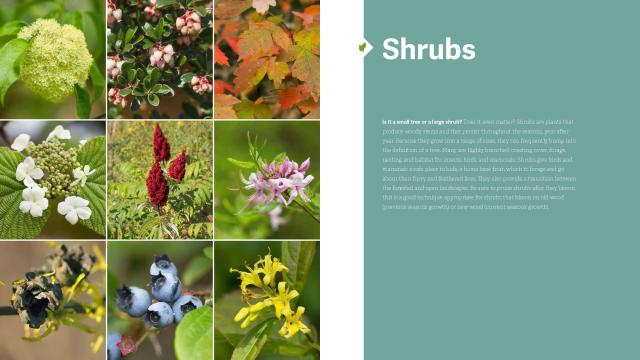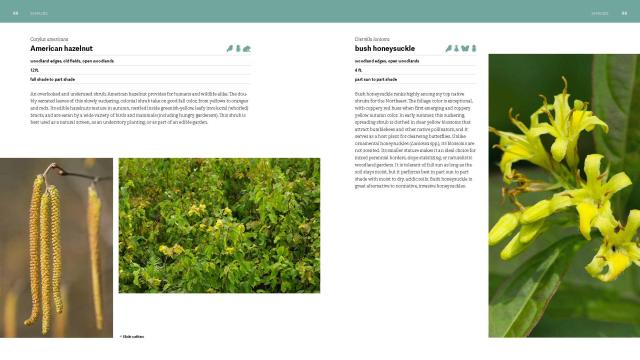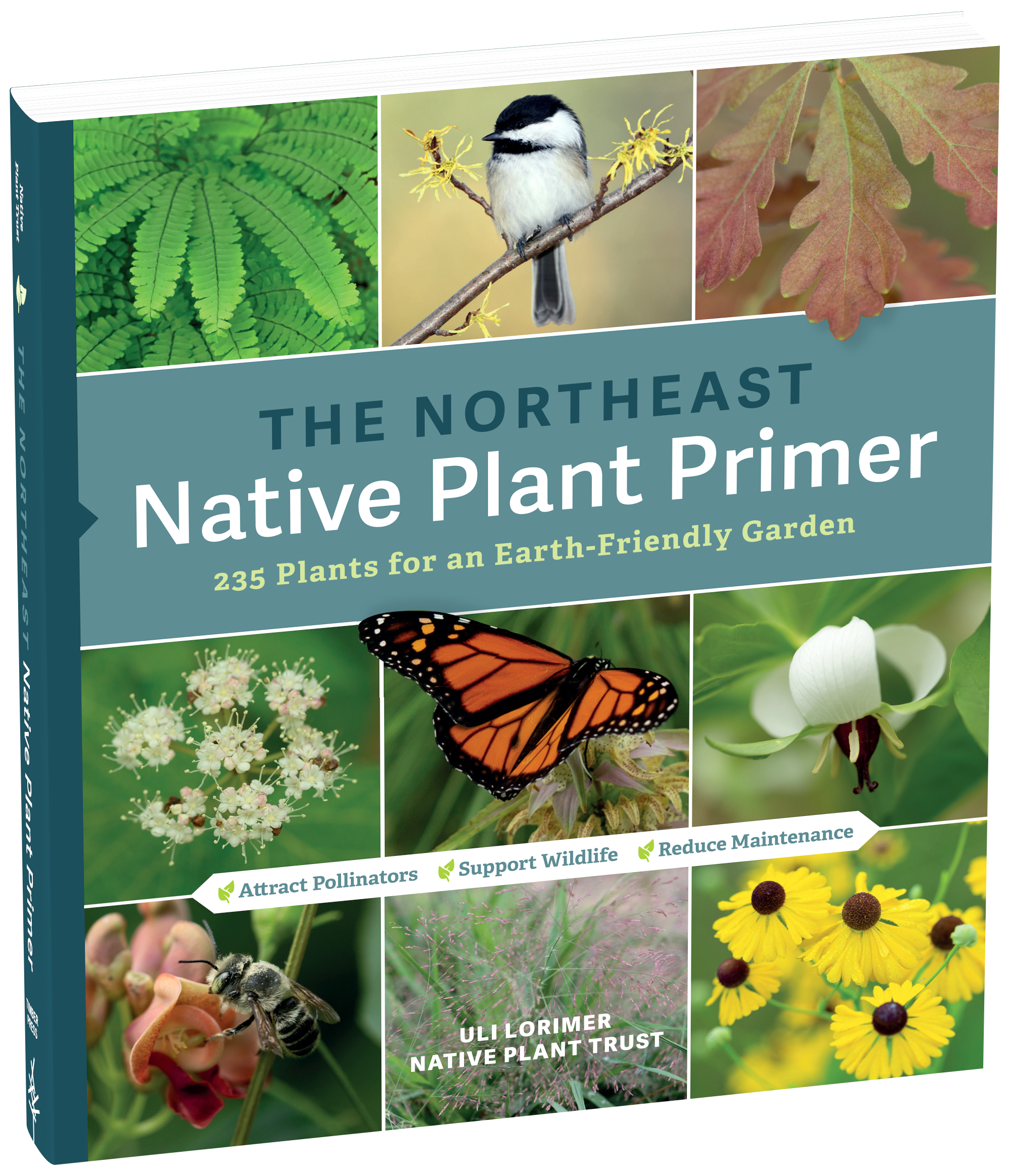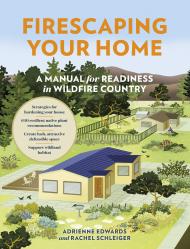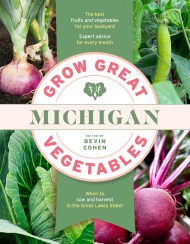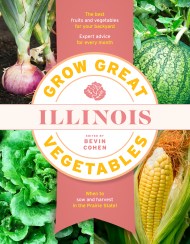Promotion
Use code MOM24 for 20% off site wide + free shipping over $45
The Northeast Native Plant Primer
235 Plants for an Earth-Friendly Garden
Contributors
By Uli Lorimer
By Native Plant Trust
Formats and Prices
Price
$24.99Price
$30.99 CADFormat
Format:
- Trade Paperback $24.99 $30.99 CAD
- ebook $4.99 $4.99 CAD
This item is a preorder. Your payment method will be charged immediately, and the product is expected to ship on or around May 10, 2022. This date is subject to change due to shipping delays beyond our control.
Also available from:
Do you want a garden that makes a real difference? Choose plants native to our Northeast region. The rewards will benefit you, your yard, and the environment—from reducing maintenance tasks to attracting earth-friendly pollinators such as native birds, butterflies, and bees. Native plant expert Uli Lorimer of the Native Plant Trust makes adding these superstar plants easier than ever before, with proven advice that every home gardener can follow. This incomparable sourcebook includes 235 recommended native trees, shrubs, vines, ferns, wildflowers, grasses, sedges, and annuals. It’s everything you need to know to create a beautiful and beneficial garden.
This must-have handbook is for gardeners in Connecticut, Delaware, Maine, Massachusetts, New Hampshire, New Jersey, New York, eastern Ohio, Pennsylvania, Rhode Island, and Vermont.
Genre:
-
“A wonderful resource for planning a garden filled with native ferns, wildflowers, perennials, shrubs, trees, and other specimens.” —Martha Stewart, The Martha Blog
“Helps gardeners choose plants that will benefit wildlife—and us.”—The Portland Press Herald
“A great resource no matter where you garden.” —Cultivating Place
- On Sale
- May 10, 2022
- Page Count
- 252 pages
- Publisher
- Timber Press
- ISBN-13
- 9781643260464
Newsletter Signup
By clicking ‘Sign Up,’ I acknowledge that I have read and agree to Hachette Book Group’s Privacy Policy and Terms of Use
